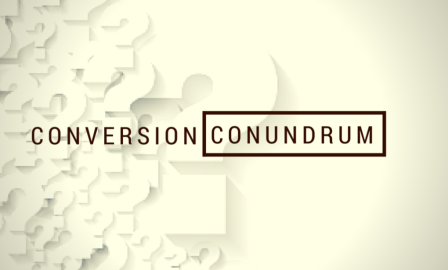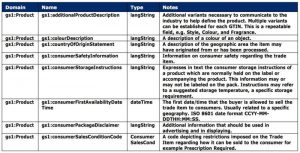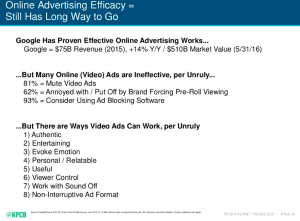Your Problem: No one is taking action on your website

You’re getting traffic to your website, via organic search, paid traffic, referrals or some other source, but no one is taking action on your site: there are no sales, no leads, no contact requests. You want to optimize your conversion rate, but you don’t have conversions to optimize. It’s an issue many of us face, and could be the result of a number of problems. Lucky for you, I’ve got seven ways to diagnose and solve your conversion conundrum.
The Solutions:
- You don’t have a landing page
- If you are sending paid traffic to a generic page, or, even worse, to your home page, this is a major ‘no no’ in online advertising. You should create a page, dedicated to whatever ‘action’ you want to visitor to take. Specifically, your landing page should match the content of the ad the visitor clicked. It should provide for a consistent user experience throughout. Maybe you don’t have a mobile or responsive site, but over half your paid traffic is coming from mobile, leading to a terrible user experience and low conversions.
- You’re not analyzing and optimizing your landing page
- You have a landing page – great! Are you testing various elements on the page? If you use HubSpot, other inbound software, or even WordPress, you have options to create A/B tests of landing pages. They key is to not go overboard – test changing one or two elements of the page at a time. Or test a long-form page vs. short form. But always test, continue testing, and refine your pages.
- Your writing doesn’t engage
- If the copy on your landing or product page doesn’t engage your visitors, they’re gone. If they don’t see the benefit of taking whatever action you want them to take, they will not take action. If you’re not a writer, find a great sales writer and make your copy sing. This step is often overlooked, and can make all the difference in the world.
- You’re not pre-qualifying your traffic
- You get a lot of visitors from your ads, and are spending your budget, but your ROI isn’t where you want it to be. In that case, there may be a disconnect between the ad driving traffic and the landing page. Try adding more qualifiers to your ads, to ensure visitors know exactly what to expect when they reach your site.
- You’re sending the wrong traffic
- Again, you have visitors coming from ads, but not the ROI you need. Take a look at your keywords or targeting and ensure that people clicking your ads are indeed your target customers. If your ad is showing for, ‘blue jellybeans,’ but you only sell red, you’re sending the wrong traffic. If you sell products to a specific target (men, women, college students), but your ads are showing or appeal to everyone, again, you are wasting money and traffic. Keep a tight grip on your ads.
- There’s a problem with your pricing
- If you’re selling a product, particularly a higher-end product, you may need to nurture buyers along the process before they’ll commit. Give away something for free, get them in your list, then build a relationship. Otherwise, test alternate price points or pricing strategies until you get the return you need.
- There’s a problem with your product
- If you are bringing a new product to market, there is a chance, no matter how good your marketing, that it isn’t what your target market wants. A popular model these days is the minimum viable product model, basically putting out the bare-bones model of what can be called a ‘product,’ to test the market, learn what features the product should actually have, and then develop a full-fledged product, based upon a systematic process of learning and feedback. Others test their ideas on Kickstarter or crowd-sourcing platforms. Barring that, assemble your own focus group of your target marketing and mine them for as much information as possible.
These are the seven areas you’ll want to investigate, explore and test to boost conversion rates on your website. This assumes you have the basic pieces in place: you have a brand, you have a current website, SSL on payment pages, a contact number and email address, and so on.
Finding the root of your website conversion issue is a constant loop of testing, analyzing and refining. It takes time, but with patience and a solid action plan, you will get the results you want.
Digital & Social Articles on Business 2 Community(29)




